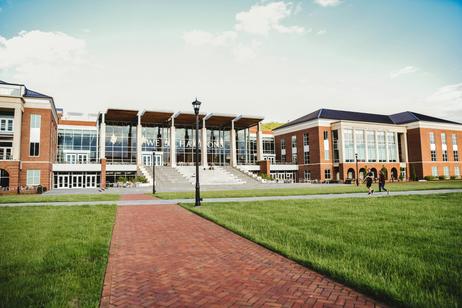How to Support a Teen Balancing Community College and Work
Balancing community college coursework with a job is increasingly common—yet also challenging. According to national data, nearly 70 percent of community college students work while enrolled, often out of necessity.¹ At the same time, working more than 20 hours per week has been linked to slower progress, higher stress, and lower completion rates.² For parents, educators, and mentors, knowing how to support teens in this juggling act can make the difference between burnout and success.
This article offers evidence-based strategies, real-world examples, and actionable tips for helping a teen thrive academically, financially, and personally in the current year.
Why It Matters: Risks & Opportunities
The Stakes Are High
Time pressure and burnout: Working too many hours cuts into study time, rest, and opportunities for campus engagement.
Attrition risk: Students juggling heavy workloads are more likely to stop out or lose academic momentum.³
Financial stress vs. benefit: Many students work to meet basic needs. Some jobs, when aligned to their academic field, can reinforce learning and career relevance.⁴
The Upside
Skill development: Time management, professional communication, and resilience are earned through balancing responsibilities.
Networking & career alignment: Jobs tied to a student’s field of study can provide early experience and resume strength.



























